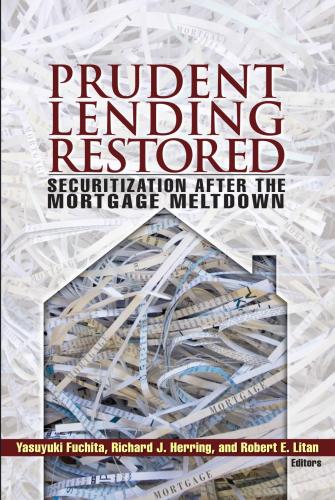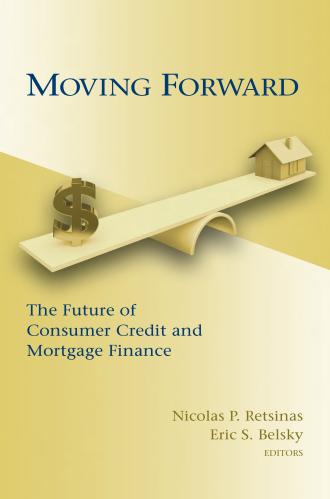Summary
Should another housing market crash occur, the government’s highest priority should be helping cash-short homeowners maintain spending in a weak economy and avoid foreclosure by temporarily reducing or deferring mortgage payments.
In “Efficient Credit Policies in a Housing Debt Crisis,” Janice Eberly of Northwestern University and Arvind Krishnamurthy of Stanford University build a theoretical framework to guide policymakers ahead of a housing collapse and in the aftermath, finding that reducing the loan principal spreads the benefits of government funds over a long period of time, rather than focusing on the crisis period. The housing bust of the late 2000s was at the heart of the worst recession since the Great Depression, and resulted in a set of government programs to help beleaguered homeowners and cushion the blow to the overall economy. The authors focus on the importance of liquidity constraints and consumer spending in the overall economy, especially during a financial crisis when there is a need to support household consumption.
Using government resources towards deferring mortgage payments, reducing interest rates or extending the term of mortgages (and thus reducing the monthly payments) are the most effective ways to aid cash-short homeowners and should be the priority of policymakers, they write. Reducing loan principal (the total amount owed) helps to reduce the number of underwater homeowners and strategic defaults, but it is not as effective at helping cash-short homeowners maintain their consumption and thus is a less efficient use of government resources. Instead, Eberly and Krishnamurthy find that lenders should be expected to play a role in avoiding strategic defaults by writing down principal, since lenders benefit from reduced mortgage defaults.
Looking forward, the authors suggest ways to redesign mortgages to avoid repeating the problems that emerged in the past decade. “A [mortgage] contract should allow for disproportionately lower [monthly] payments when borrowing constraints bind and a reduction in loan obligations when home prices fall to reduce the incentive for strategic default,” they write. For instance, mortgages could be designed so that they automatically refinance into a lower-rate, adjustable-rate mortgage even if a homeowner is underwater. During the crisis, many cash-strapped homeowners were locked into high interest mortgages because they were underwater and unable to complete refinancing to access lower interest rates. The automatic refinancing mortgage design avoids forcing homeowners to reduce spending to meet their mortgage payments or even forcing defaults.
The authors also argue that refinancing at a lower rate can achieve some of the same benefits as reducing the principal amount of the loan. For example, refinancing a $200,000 mortgage from a 6 percent interest rate to 4 percent reduces monthly payments from $1200 to $950, or 20 percent, and reduces the present value of the stream of payments from $250,000 to $200,000. The identical payment stream would result if the principal amount of the loan was written down by $200,000 to $160,000, or 20 percent.










